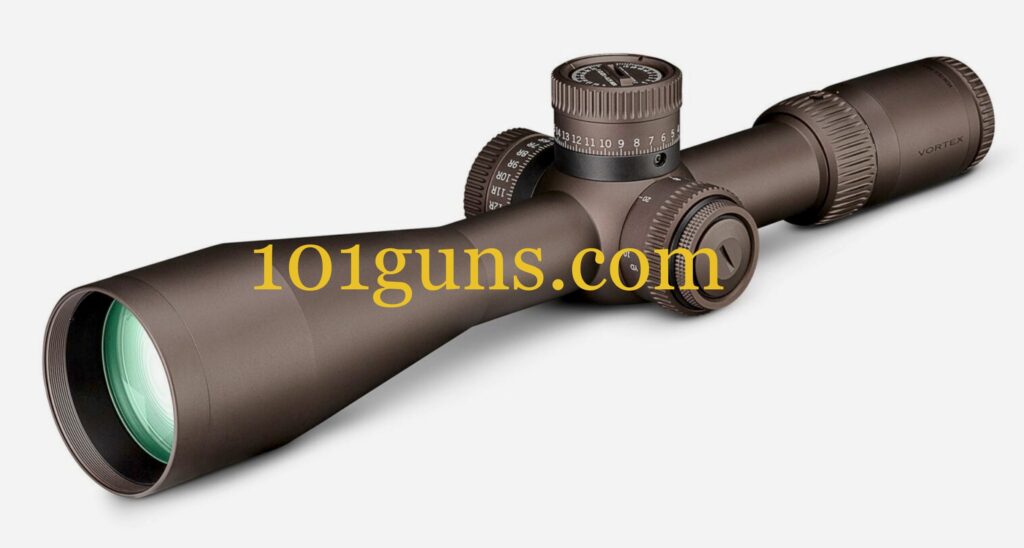
| Aluminum Grade | Aircraft |
| ArmorTek® | Ultra-hard, scratch-resistant coating protects exterior lenses from scratches, oil and dirt. |
| Exeternal Rotation Indicator | Provides quick visual and tactile reference of elevation turret’s rotational position. |
| Multi-Coated | XR™ Plus Fully Multi-Coated |
| HD Lens Elements | HD |
| L-Tec+™ Zero System | The L-Tec+™ Zero System is easy to use with all captive parts and only one set screw, making zeroing quick and simple. Once set, it also allows for more travel. |
| Micro Adjust Zero Setting | Infinite zero setting positions allow zero to be set between clicks for optimal accuracy. |
| Optically Indexed Lenses | Optimize image sharpness and brightness from edge to edge. |
| Plasma Tech | Cutting edge coating application process provides unparalleled coating durability and performance. |
| Shockproof | Rugged construction withstands recoil and impact |
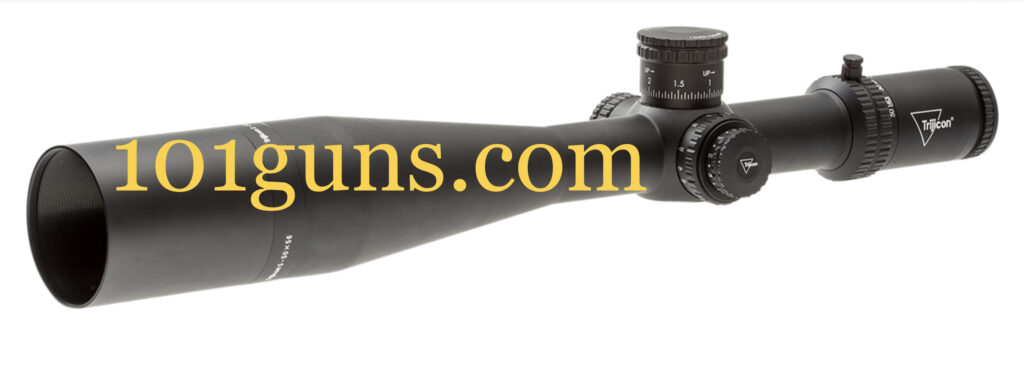
Extreme long-range precision in any environment, in any light.
Trijicon Tenmile® 5-50×56 second focal plane riflescope.
Featuring the widest magnification range of Trijicon riflescopes, dual red/green illuminated reticles provide a clear aiming point.
Extra-low dispersion glass offers excellent light transmission and true color without distortion.
Engineered and tested according to military standards, the Tenmile 5-50×56 will perform in the harshest of conditions.
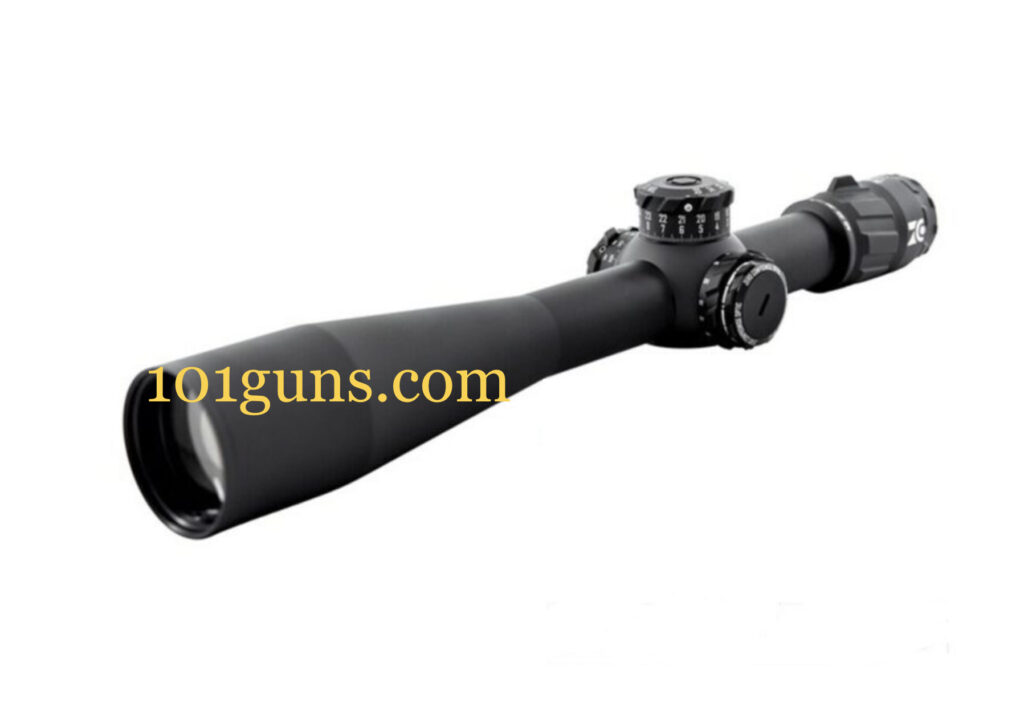
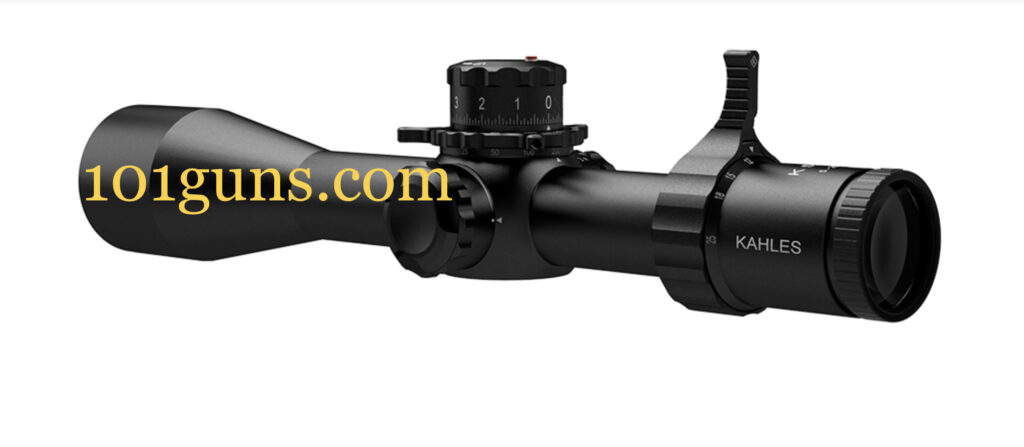
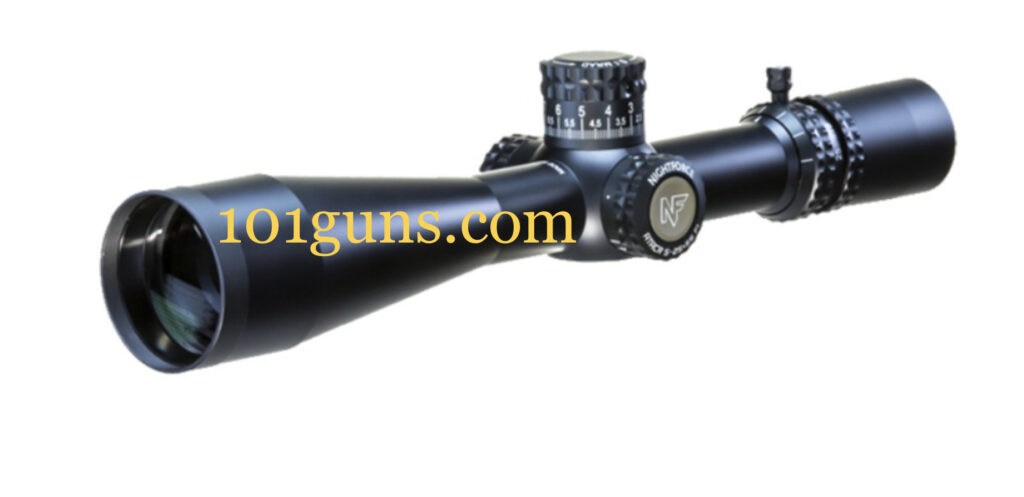
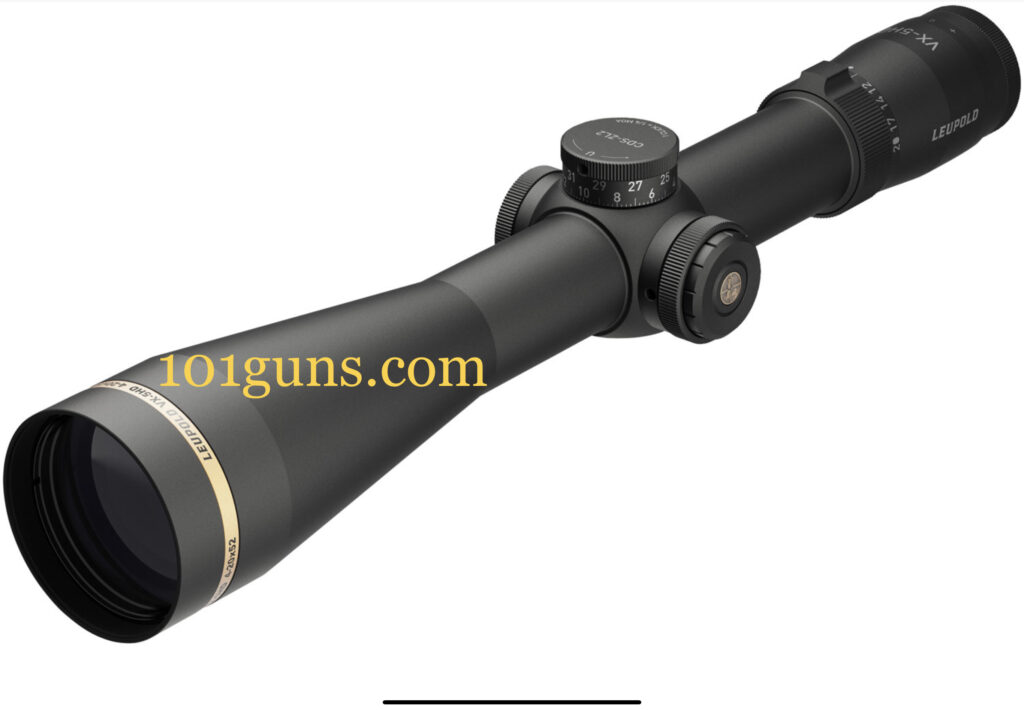
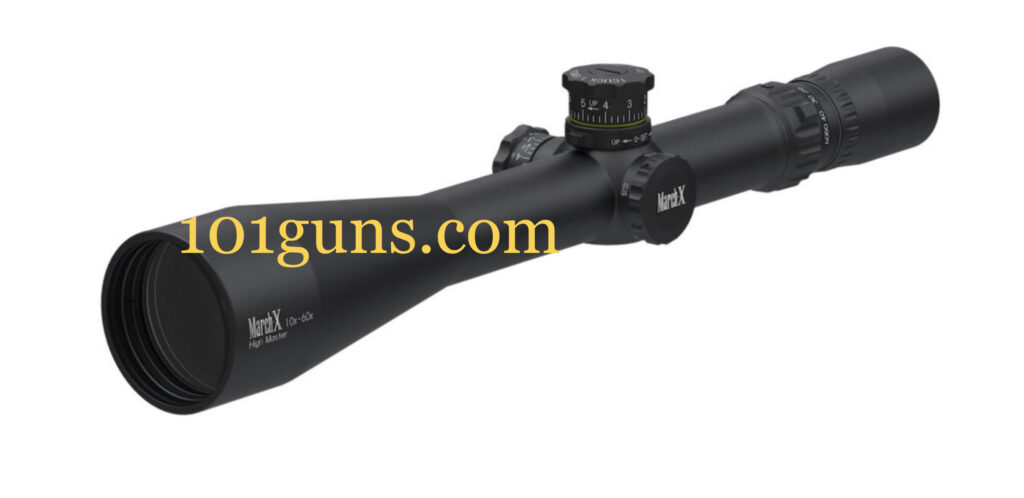
SCOPE RING HEIGHT
Measurements for calculating ring height
1. the height of the front of your base/rail from the barrel
2. the height of your rings from the top of the rail to centerline
3. the outside diameter of the bell of the scope (not the size of the objective lens)
Here is the equation:
[rail height + ring height] – [bell diameter x 0.5]
If the value is positive, then your bell will clear the barrel. Ideally, you want that bell to be about 1/4″ or less over the barrel. This will give you a tight cheek weld. Be sure to account for Butler Creek caps if you intend on using them.
If you are using a 40mm objective, then you can use the lowest rings and bases available, as the bell will certainly clear the barrel with no problem. i.e. don’t worry if the bell ends up being higher than 1/4″ over the barrel.
If you are using a scope base and/or mount/rings that have built in elevation, that may have to be accounted for in the case of very small clearance. To calculate this, we need to know the amount of elevation built into the mount/rings and/ or base, and the length from the end of the scope base to the end of the scope bell. Convert MOA into degrees, and then the equation is:
Tan (theta) x length
For example, if you are using a 20 MOA base, and the distance from the edge of the scope base to the end of the bell is 5″. 20 MOA = 0.333 degrees, so:
Tan 0.333 x 5 = 0.029″
This means that you need an extra 0.029″ of clearance in addition to the calculation above